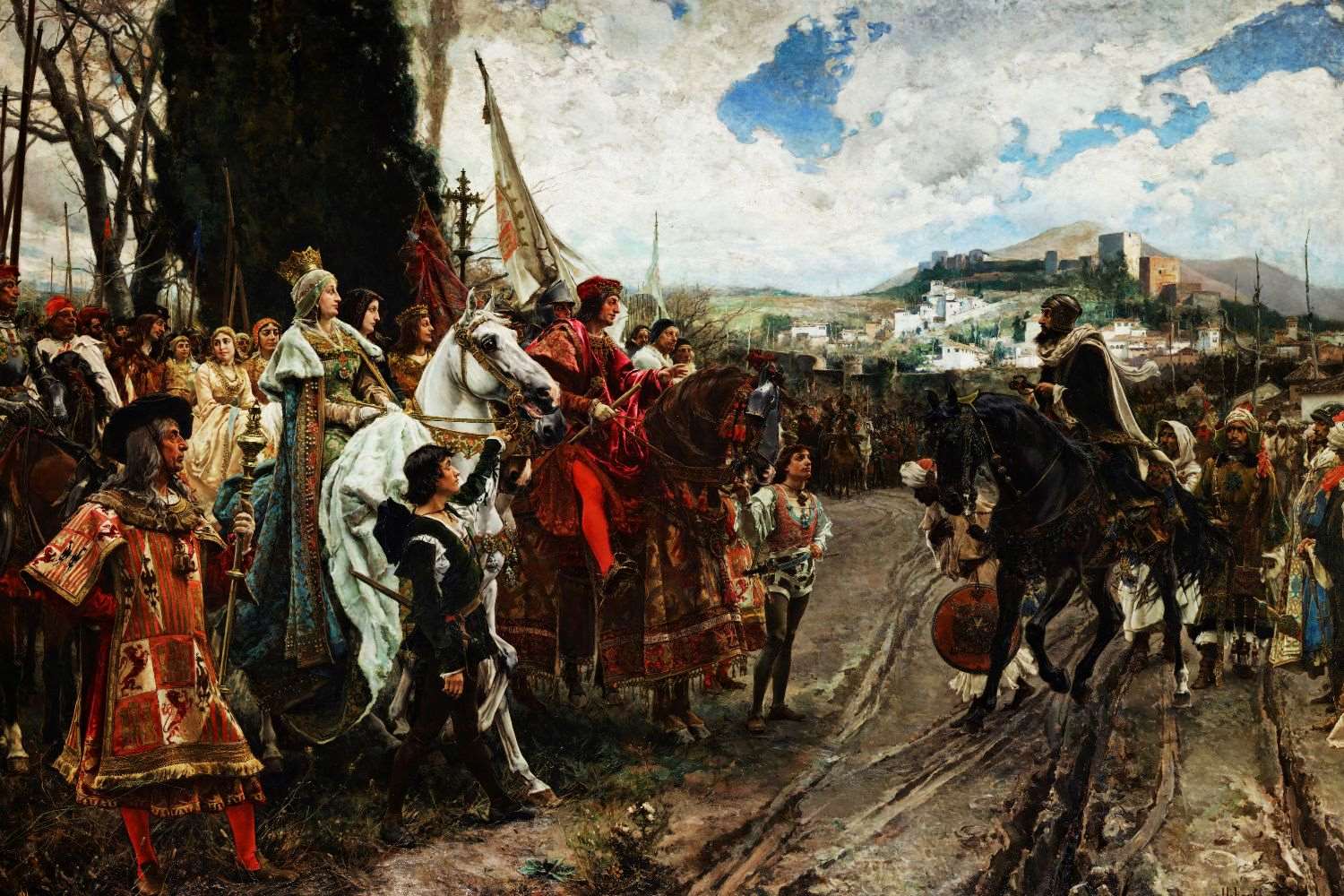
What was the Forty Years' War? The Forty Years' War was a series of conflicts that took place in Europe between 1618 and 1648. It involved many of the great powers of the time, including the Holy Roman Empire, Spain, France, Sweden, and Denmark. This war was primarily fought over religious and political issues, with Protestant and Catholic states clashing over control and influence. The war had devastating effects on the European population, economy, and landscape. By the end, it reshaped the political map of Europe and led to significant changes in the balance of power. Understanding this war helps us grasp the complex history of European conflicts and alliances.
Key Takeaways:
- The Forty Years' War lasted from 1618 to 1648 and was a major conflict between Protestant and Catholic states in Europe, leading to significant political, religious, and social changes.
- The war involved major battles and influential leaders, reshaping Europe's political landscape and causing widespread destruction, economic hardship, and social upheaval.
Origins of the Forty Years' War
The Forty Years' War, often overshadowed by other conflicts, was a significant period in European history. It spanned four decades and involved numerous battles, alliances, and political maneuvers.
- The Forty Years' War began in 1618 and ended in 1648.
- It started as a conflict between Protestant and Catholic states within the Holy Roman Empire.
- The war was part of a larger series of conflicts known as the European wars of religion.
- The Defenestration of Prague in 1618 is considered the event that triggered the war.
- The war involved many major European powers, including Spain, France, Sweden, and Denmark.
Major Battles and Campaigns
Throughout the war, several key battles and campaigns shaped the course of history. These battles were often brutal and had lasting impacts on the regions involved.
- The Battle of White Mountain in 1620 was one of the early decisive battles, leading to a Catholic victory.
- The Siege of Magdeburg in 1631 resulted in the destruction of the city and the massacre of its inhabitants.
- The Battle of Breitenfeld in 1631 marked a significant Protestant victory under the leadership of Swedish King Gustavus Adolphus.
- The Battle of Lützen in 1632 saw the death of Gustavus Adolphus, a turning point in the war.
- The Battle of Rocroi in 1643 was a major French victory against the Spanish, signaling the decline of Spanish dominance in Europe.
Key Figures in the War
Several influential leaders and military commanders played crucial roles during the Forty Years' War. Their decisions and actions had far-reaching consequences.
- Ferdinand II, Holy Roman Emperor, was a staunch Catholic and a central figure in the conflict.
- Gustavus Adolphus of Sweden, known as the "Lion of the North," was a key Protestant leader.
- Cardinal Richelieu of France, although Catholic, supported Protestant forces to weaken Habsburg power.
- Albrecht von Wallenstein, a Bohemian military leader, commanded the Catholic forces with great success.
- Frederick V, Elector Palatine, was a Protestant leader whose defeat at White Mountain marked a significant early loss for the Protestant cause.
Political and Religious Implications
The Forty Years' War had profound political and religious implications for Europe. It reshaped borders, altered alliances, and influenced future conflicts.
- The Peace of Westphalia in 1648 ended the war and established a new political order in Europe.
- The treaty recognized the sovereignty of over 300 German principalities, weakening the Holy Roman Empire.
- It allowed rulers to choose the religion of their territories, promoting religious tolerance.
- The war marked the decline of Habsburg influence and the rise of France as a dominant European power.
- It set the stage for the development of the modern state system in Europe.
Social and Economic Impact
The war had devastating effects on the populations and economies of the regions involved. The consequences were felt for generations.
- The war caused widespread destruction and loss of life, with estimates of up to 8 million casualties.
- Many towns and villages were destroyed, leading to significant population displacement.
- The war disrupted trade and agriculture, causing economic hardship and famine.
- The conflict led to significant changes in military tactics and the professionalization of armies.
- The social upheaval and devastation contributed to the rise of witch hunts and persecution in some regions.
Final Glimpse at the Forty Years' War
The Forty Years' War left a lasting impact on Europe. It reshaped borders, altered political alliances, and influenced military tactics. The conflict saw the rise and fall of powerful leaders and nations. It also brought about significant social and economic changes, affecting the lives of countless individuals. Understanding this war helps us grasp the complexities of European history and the intricate web of alliances and rivalries that shaped the continent. The lessons learned from this prolonged conflict continue to resonate today, reminding us of the costs of war and the importance of diplomacy. Whether you're a history buff or just curious about the past, the Forty Years' War offers a fascinating glimpse into a turbulent period that shaped the modern world.
Frequently Asked Questions
Was this page helpful?
Our commitment to delivering trustworthy and engaging content is at the heart of what we do. Each fact on our site is contributed by real users like you, bringing a wealth of diverse insights and information. To ensure the highest standards of accuracy and reliability, our dedicated editors meticulously review each submission. This process guarantees that the facts we share are not only fascinating but also credible. Trust in our commitment to quality and authenticity as you explore and learn with us.
